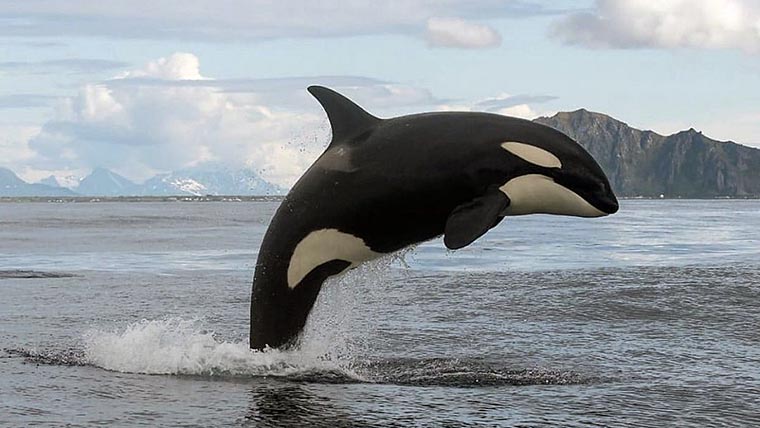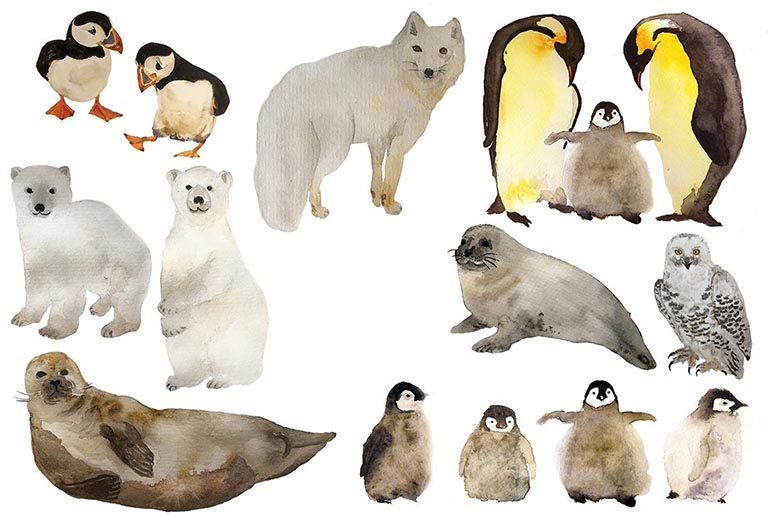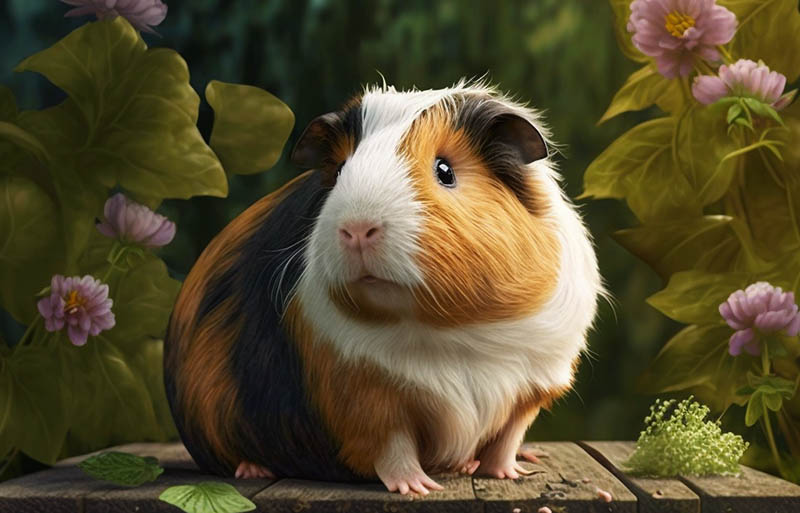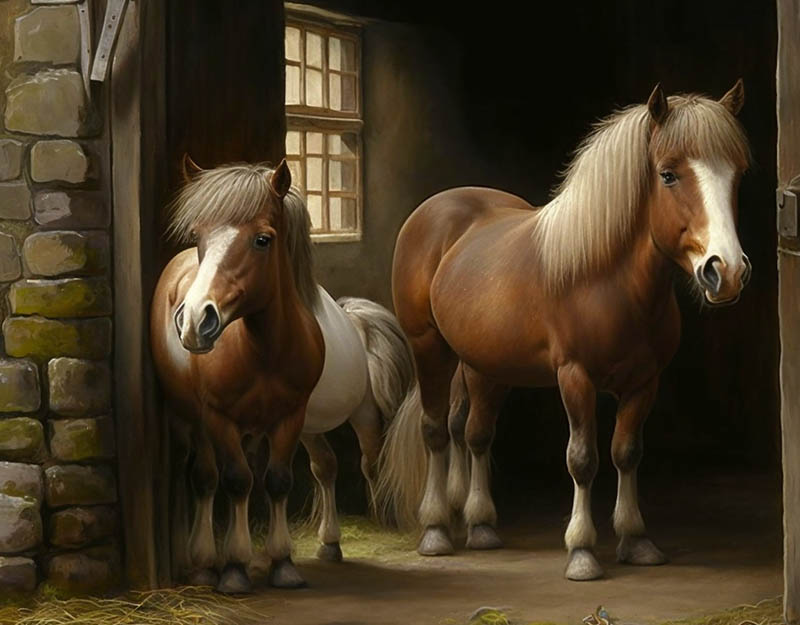- The arctic fox is best adapted to severe frosts in cold regions. The shape of its body is such that it has the smallest body surface area possible with such a body volume, which minimizes heat loss.
- Some representatives of the fauna of the harsh northern regions hibernate for the winter to survive it. But not everyone knows that some animals in hot countries also hibernate from time to time! It’s just that they try to survive not frosts, but drought.
- Animals of cold regions have been under pressure from the fauna of warmer regions last few years. Due to global warming, animals from the temperate zone go North further and further, thus making extra competition for representatives of the northern fauna.
- Many animals in cold regions have kin in warmer regions. For example, brown bears can even interbreed with polar bears, bringing viable offspring, since hundreds of thousands of years ago they had a common ancestor. However, in wild nature, these species rarely intersect.
- The population size of various animals in cold regions is unstable, but it regulates itself. When food is scarce, the number of herbivores decreases, and the number of predators that feed on them also goes down. Everything is interconnected.

- Northern animals are protected from severe frost by a thick layer of fat. In some of them, for example, in polar bears, it can exceed 4 inches (10 cm) or more in thickness.
- Penguins are found only in the Southern Hemisphere of the Earth, including in Antarctica. These birds are unique because they are the only ones who can swim but can’t fly.
- The animals of cold regions are able to tolerate temperatures that would easily kill even a prepared and properly dressed human. Muskoxen, polar wolves, arctic foxes, polar owls – all of them can survive in temperatures up to -75 °F (-60 °C) and even lower.
- The owners of the thickest and warmest fur in the world live in the North. These are the aforementioned musk oxen, which have a thick undercoat under their coarse coat. It’s 8 times warmer than the highest-quality sheep wool!
- Of all the representatives of the animal world of the cold countries, lemmings have the most unstable population. These rodents multiply monstrously every 4-5 years, and the number of their population grows 20-30 times. But not for long – when the excess food is eaten, the number of lemmings decreases again.
Check it out: 15 facts about animals of hot countries
- Most penguin species spend their entire lives either on ice or in icy water, the temperature of which is even below 0 °C (32 °F; the water doesn’t freeze due to the presence of salt in it). Penguins don’t feel cold standing on the ice, due to the fact that there are very few nerve endings in their paws only.
- The small species diversity of the animal world of the cold countries is due to the scarcity of the fauna growing in such conditions. Less vegetation means less food for herbivores, hence, fewer herbivores – fewer predators.
- The animals of the cold regions are always searching for food when they aren’t sleeping. In such a harsh climate, they spend a huge amount of energy to warm their own body, and they need a lot of calories.
- The largest terrestrial inhabitant of the snowy regions of the Earth is the polar bear. Previously, it was considered the largest land predator in the world as well, but then scientists discovered that saltwater crocodiles are even larger.
- In cold areas, animals of the same species usually live longer than their kin from warm regions, and the reason for this is the slowing down of metabolism in cold climates. This is especially noticeable in the case of some fish species – in the northern seas, for example, cod lives twice or three times longer than in the southern ones.


